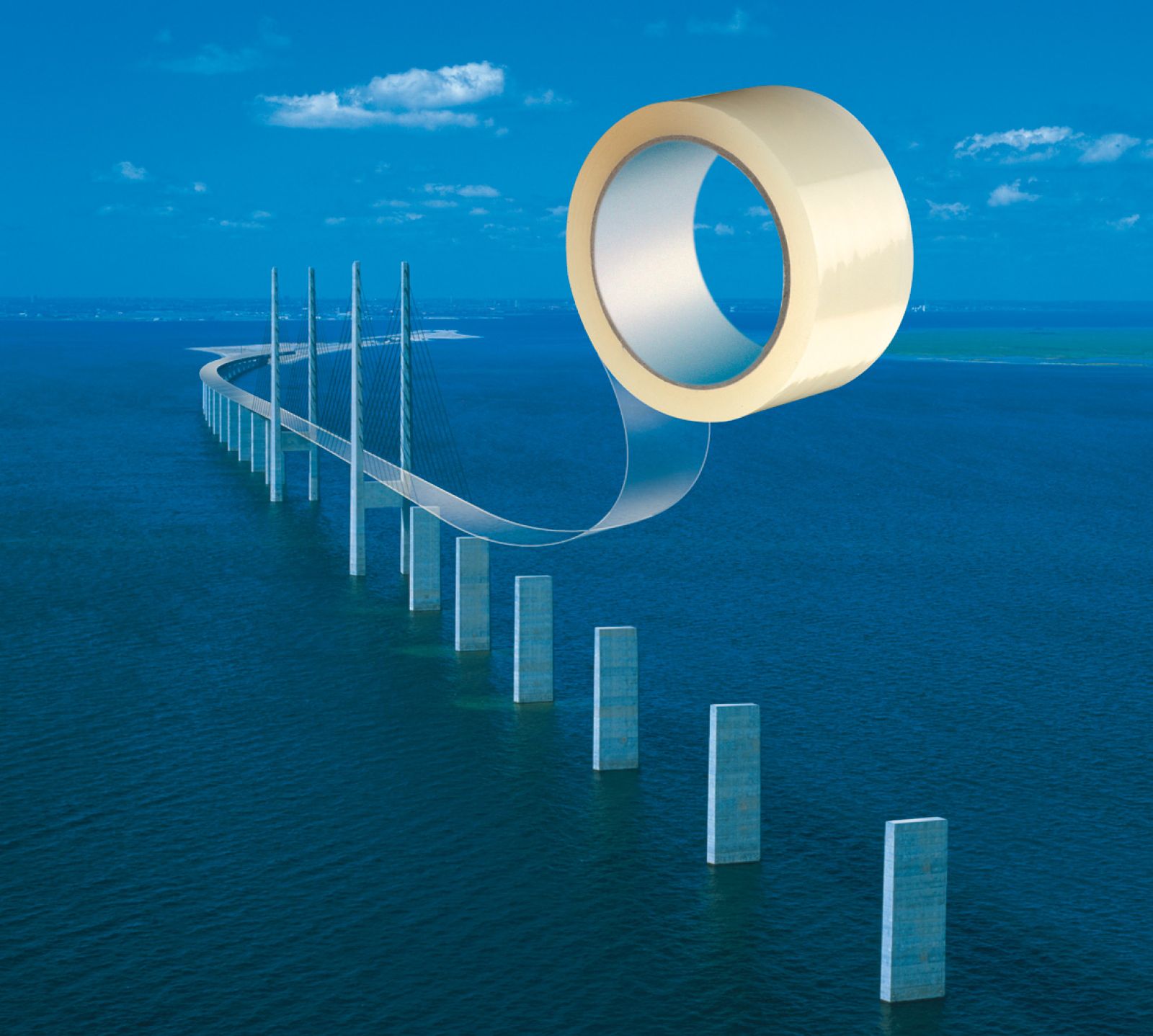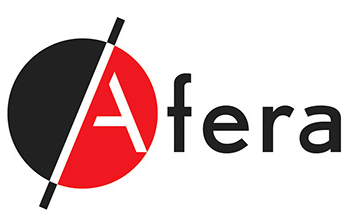
Sustainable Management of Adhesive Tape Release Liners
In this section you will find the following information
- Introduction
- Release liner is recyclable
- Managing tape waste: The current scenario
- Key challenges in recycling paper release liners
- Overcoming the challenges – suggestions and outcomes
- Partners for liner waste collection and recycling
Adhesive tapes are multi-layered products consisting of a carrier material, an adhesive coating, and, in some cases, a removable liner. These release liners—often paper or plastic-based—are crucial in preventing premature adhesion and enabling efficient tape handling. However, despite their essential role, they quickly become waste once the tape is used.
Since release liners comprise nearly one-third of a technical tape, finding effective end-of-life solutions is critical. At Afera, we believe that recycling release liners from adhesive tapes offers significant benefits for your company. By reducing waste management costs, improving carbon footprint through circular economy practices, and minimizing emissions from waste incineration, businesses can achieve both financial and environmental advantages.
Release liner is recyclable
Release liners are made from coated paper or plastic films, selected based on application needs. Estimates suggest that around:
- 80% of tape liners are filmic
- 20% are paper-based
While recycling options exist, there are some challenges, which hinder efficient waste management. Depending on the type of products, different materials will require different ways of recycling.
Mechanical recycling is an established process and is predominantly used in the case of high-quality mono-material waste streams. The process is sensitive to contaminants, the presence of which affects the quality of the recycled material. An important issue is the separation of the various parts; tape, core, release liner, and packaging.
As of today, multi-material and/or contaminated waste streams largely end up in landfills or are incinerated. However, with the development of advanced chemical recycling processes, such waste streams can also be recycled. Several technologies are clubbed together under the umbrella term of “chemical recycling”. These include pyrolysis, gasification, depolymerization, etc. In comparison to mechanical recycling, chemical recycling is still at a nascent stage, but rapid advances are taking place in this sector. Investments are expected to ramp up once the policy framework regarding chemical recycling technologies gets clarified. This will enable the set-up of more commercial-scale advanced recycling plants.
The role chemical recycling can play is part of the ongoing discussions within Afera’s Flagship Sustainability Project (AFSP).
Managing tape liner waste: The current scenario
Sustainable management of tape liner waste is a key focus of AFSP, which seeks to address the challenges and opportunities. For now, the AFSP workstream 2 aims to share information on recycling for paper release liner in this section.
Key challenges in recycling paper release liners
- Segregation challenges and contamination issues – Separating adhesive waste from the liners can often be challenging. Tape manufacturers and converters frequently generate contaminated waste, including adhesives and tape residue, requiring additional processing.
- Fragmented availability and insufficient volume – Liner waste is scattered across the supply chain, making collection difficult. Recycling facilities often require a minimum quantity for collection, which individual users may struggle to meet.
- Different colours of paper release liners – Release liners come in various shades: white, yellow, light brown, and dark brown. While colour does not affect performance, it impacts recycling outcomes.

Colour of paper release liner (L to R): Dark glassine release liner; Glassine release liner resulting from recycling dark and light release liners together; Light glassine release liner
Image credit: UPM Specialty Papers
Overcoming the challenges – suggestions and outcomes
|
Challenge |
Suggestion |
Outcome |
|
Difficulty in separating adhesive waste (matrix) from the release liner during the converting process |
Ensure separation occurs after the converting process to streamline handling and processing. |
Easier recycling, as the release liner remains a single material. |
|
Tape integrated into a product, making separation impractical |
While separation may not be feasible, explore alternative recycling or reuse opportunities. |
Maximised sustainability potential for integrated tapes. |
|
Variability in paper release liner colours across the market |
Standardise lighter-coloured liners to improve recycling efficiency and material circularity. This is explained in Afera’s position paper, “Colour of paper release liner of adhesive tapes: Impact on material circularity”, published in June 2023 in an effort to improve release liner waste management and boost material circularity. |
Light-coloured liners enable better reuse in paper recycling. |
|
Fragmented availability of release liner waste and recycling facilities' minimum quantity requirements |
1) Develop optimised storage solutions to accumulate sufficient waste volume. |
More efficient collection and recycling of release liner waste. |
Partners for liner waste collection and recycling
At the AFSP, we have seen that the following organizations are willing to collect the materials from tape.
Cycle4Green
C4G focuses on paper release liner waste collection and specializes in recycling silicone-coated papers. They offer recycling services for release paper waste counting up to 35% of waste generated in the self-adhesive label industry. Together with recycling partners in Austria and Germany, they enable a fully closed material stream, supporting companies that are looking to circularize release paper waste.
Website: Cycle4Green
AD Circular
Is a program from Avery Dennison for recycling used paper and filmic liners. The web-based app enables scheduling waste pick-up and also provides data and analytics (amount of liner material sent for recycling, CO2 emissions avoided, etc.)
Website: AD Circular
UPM
UPM’s circular recycling solution for siliconised release papers, UPM Liner Loop, also offers a waste collection service, thanks to a dedicated network of collection partners.
Website: www.rafcycle.com
Soprema
Soprema offers recycling solutions across Europe, covering a geographical range from Portugal to Norway and several countries in between. Their recycling process is suitable for paper-based liners, including double-sided siliconized and dark-coloured liners, but excludes poly-coated and PET materials. They provide collection services throughout Europe, with costs varying from free to a few hundred Euros per ton depending on location, assessed on a case-by-case basis. Additionally, they can issue recycling certificates to companies. For those dealing with PE or PP films, Soprema has other processing capabilities and encourages interested businesses to get in touch.
Website: https://www.soprema.com/en/
More details available in the table below.
|
Company name |
Restrictions on the material to be picked up |
Material type accepted |
End market |
Geographical areas served |
Other details |
Pre-requisites |
|
AD Circular |
In general Labels/tape, wet material, cardboard, contaminants and cores are rejected. |
Paper and Filmic |
Paper liner-> recycled paper |
France, Spain, Belgium, Poland, Denmark, Sweden, Germany, and the United Kingdom |
|
No restrictions on RL format, colour, etc. |
|
Cycle4green |
|
Paper |
Recycled Paper |
Europe |
Collection of liner waste |
|
|
UPM Raflatac (RafCycle) |
|
Paper and PP (PP liner is minimal compared to PET liner) |
Recycled paper, wood plastic composite (PP is easier to recycle than PET) |
Europe |
Individual collection system by UPM |
min. quantities 5t, in reels without cores (exceptions to be discussed), no contaminants (no residual labels, no matrix) |
|
Soprema |
Poly-coated and PET materials |
Paper-based liners, including double-sided siliconised and dark-coloured liners |
|
Europe |
For those dealing with PE or PP films, Soprema has other processing capabilities and encourages interested businesses to get in touch. |
|
For more information on release liner recycling visit the interactive map of CELAB.

